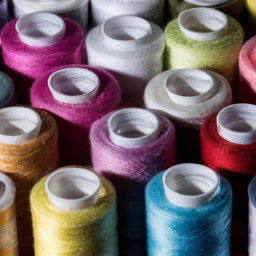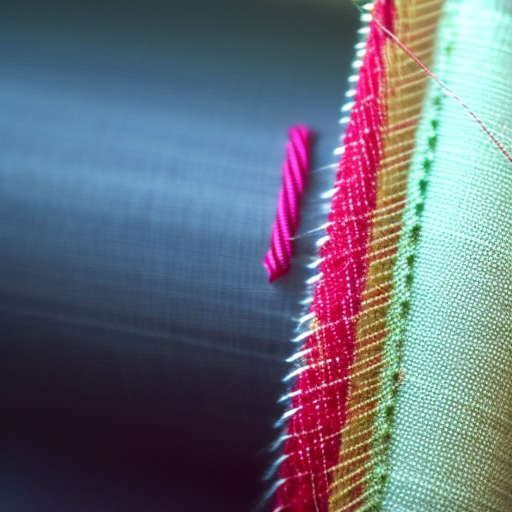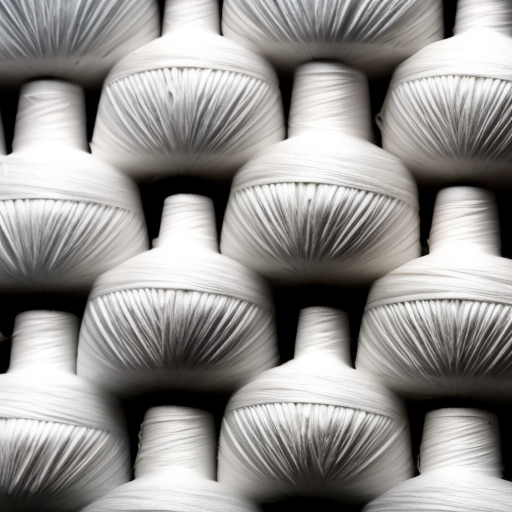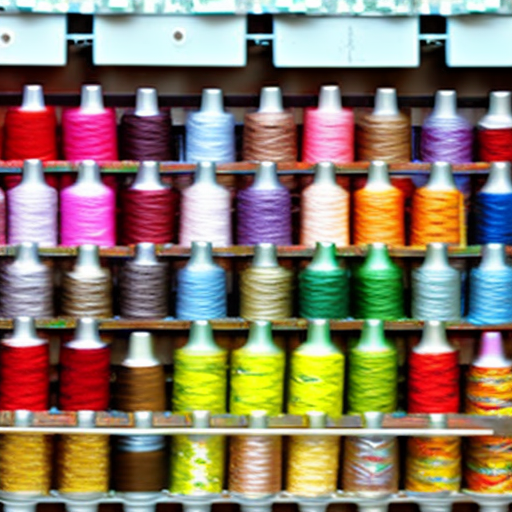
Sewing can be a wonderful and fulfilling hobby, but sometimes we encounter issues that hinder our progress. One common problem faced by many seamstresses is dealing with loose threads. It can be frustrating to invest time and effort into a sewing project, only to be left with messy stitches and poor results. Here, we will explore some of the most common reasons why the thread may become loose when sewing.
Poor Thread Tension
One of the main culprits behind loose thread is incorrect thread tension. The tension regulates how tightly the upper and lower threads are pulled while stitching. If the tension is too loose, the top thread will not properly interlock with the bobbin thread, resulting in loose stitches. Make sure to adjust the tension according to your sewing machine’s manual and the fabric you are using.
Thread Mismatch
Using the wrong thread for your project can also lead to loose stitches. Different fabrics require different types of thread. For instance, heavier fabrics like denim or upholstery fabrics need thicker and stronger threads. If the thread is too thin or weak for the fabric, it may not provide adequate tension and result in loose stitches. Always choose the appropriate thread weight for your sewing project.
Inadequate Bobbin Thread Winding
A poorly wound bobbin can cause loose threads during sewing. If the bobbin thread is not wound evenly or is too loose, it will affect the tension while stitching. Ensure that the bobbin thread is correctly wound, snugly and evenly, before inserting it into the bobbin case. This simple step can greatly improve the stitch quality and reduce thread looseness.
Machine Malfunction
Occasionally, sewing machines can have mechanical issues that lead to loose threads. Problems like a bent or damaged needle, improperly threaded machine, or a malfunctioning tensioner can all contribute to thread looseness. Regular maintenance and proper threading can help avoid these issues. If the problem persists, it might be a good idea to take your machine to a professional for servicing.
Inconsistent Stitch Length
Another factor that can affect thread tension is inconsistent stitch length. If the machine is set to stitch variable lengths throughout the process, it can cause loose threads. Ensure that you have set the stitch length to a consistent value suitable for your fabric type. This will help maintain the tension and produce even stitches.
Conclusion
Addressing loose thread issues requires attention to detail and troubleshooting skills. By considering thread tension, matching the thread to the fabric, properly winding the bobbin, checking for machine malfunctions, and using consistent stitch lengths, you can significantly minimize loose thread occurrences. With a little practice and patience, you’ll soon be stitching away without any thread-related frustrations.





Great question!
#It sounds like you might not be threading the needle correctly! Double check to make sure you are doing that correctly as that could easily make the thread loose when sewing.
You might need a smaller needle. That might help.
#It could also be that you need to adjust your tension, which would depend on the type of material and thread you’re using – that could affect the tightness of the thread.
A threading problem could be possible.
#It could also be that the thread isn’t being pulled tightly enough when stitching – making sure to keep the tension tight while sewing can help the thread remain secure.